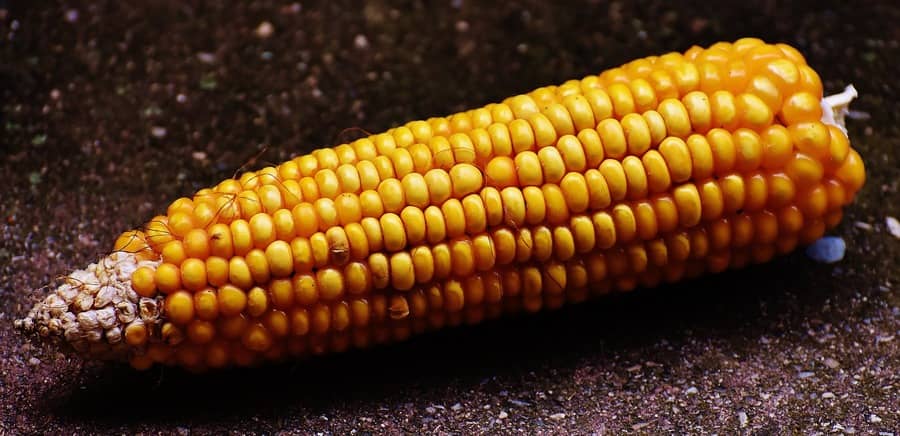Porto Alegre, March 21, 2023 – The corn planting of the Brazilian second crop is lagging behind the ideal, however, it is not the first time and will not be the last that Brazil plants an important portion of its main crop in March. The fact is that planting conditions are still very favorable and there is no symptom of a critical situation so far or significant cut in the area. On the contrary, we are evaluating Mato Grosso and Matopiba with a possible higher-than-expected increase in planted area. The issue now is really the grower’s position about retention during the next few weeks, and it seems they will continue selling corn to keep space open for soybeans. 2023 second-crop corn continues with very discreet prices and may still be under pressure in case of a normal US crop.
The summer harvest continues. Now, it advances in the south and southwest of Paraná and the northern plains of Santa Catarina. It is also advancing in São Paulo and southern Minas Gerais. Goiás and Mato Grosso do Sul have crops scheduled for April. In this regional cycle of harvests, the market is trying to supply itself without causing price surges. Yields in these regions are above average, perhaps helping supply in this short-term scenario. In Rio Grande do Sul, the harvest is ending in several locations and now offering space for work on soybeans, which must lead to a reduction in corn offers from the end of the month. In Matopiba, a regional upward movement is beginning, not least because growers seem to have already sold the largest volume of remaining stocks for 2022.
The first semester, therefore, does not have any different situation when compared to previous years, with regard to production, except, of course, for the scenario of losses in Rio Grande do Sul. But in terms of trading attitude by growers, there are big differences. In previous years, the scenario of concern over supply in the first half, mainly in the face of production losses, there was always stronger withdrawal, and this was a bullish factor. This year, growers are not concerned about retaining corn. Many expected high soybean prices, and this has not happened. So, they are placing their bets on soybeans, with greater retention and occupying more space in warehouses for a commodity that must have a quick flow in this period. Not even the reduction in the second-crop corn area in Paraguay and the planting delay in Brazil have been issues of concern and/or retention of corn at this time.
Then, there are harvest, sales, and meeting of short-term demand of consumers. These, in turn, have adopted a strategy of few alternatives, that is, the alternative of importing is unfeasible, so they adopt the posture of trying to take advantage of this selling interest by growers to supply themselves and, whenever possible, drop prices. And this has succeeded so far. We are still 90 to 120 days away from a better second-crop production, and depending on the weather, we will only have a strong harvest entrance in August. It would be possible to sustain this strategy until August only in case growers keep selling corn and retaining soybeans. Any change in the environment of attitudes can trigger corn highs.
The second crop is being planted, and work must be completed by the end of the month. Of course, the ideal is a more concentrated planting in February, but it is not the first time, nor will it be the last, that most crops are planted later in March. For the time being, conditions for development and completion of planting are good. Some locations in northern Paraná and Mato Grosso do Sul now receive heavy rains, hindering the completion of work.
Prices for the 2023 second crop are still quite discreet. With prices on the CBOT remaining between USD 5.60 and 6.30/bushel between July and December, as well as an exchange rate curve of BRL 5.40/dollar, the prices indicated by trading companies do not exceed BRL 83/84 at ports, BRL 55/60 in Mato Grosso, BRL 65/68 in Goiás and Mato Grosso do Sul, and BRL 70/73 in Paraná. The price levels combined with the delay in planting keep growers without strong incentives for the forward sales of the corn second crop. Perhaps, these sales will improve from the moment the crops start to escape the agronomic risk of production losses. The concern over space in warehouses to allocate the corn second crop will also be an important issue, bearing in mind that there will be a lot of soybeans still in warehouses at the beginning of the corn harvest. Pay attention now to the US planting intention, weather for the start of planting in the US Midwest, figures from the Argentine government in April, and Brazilian exchange rate oscillations caused by decisions on interest rates this week.
Follow the Safras Agency on our website. Also follow us on our Instagram and Twitter and stay on top of the main agribusiness news!
Copyright 2023 – Grupo CMA

